Home>Ideas and Tips>How To Design A Drought-Tolerant Succulent Garden
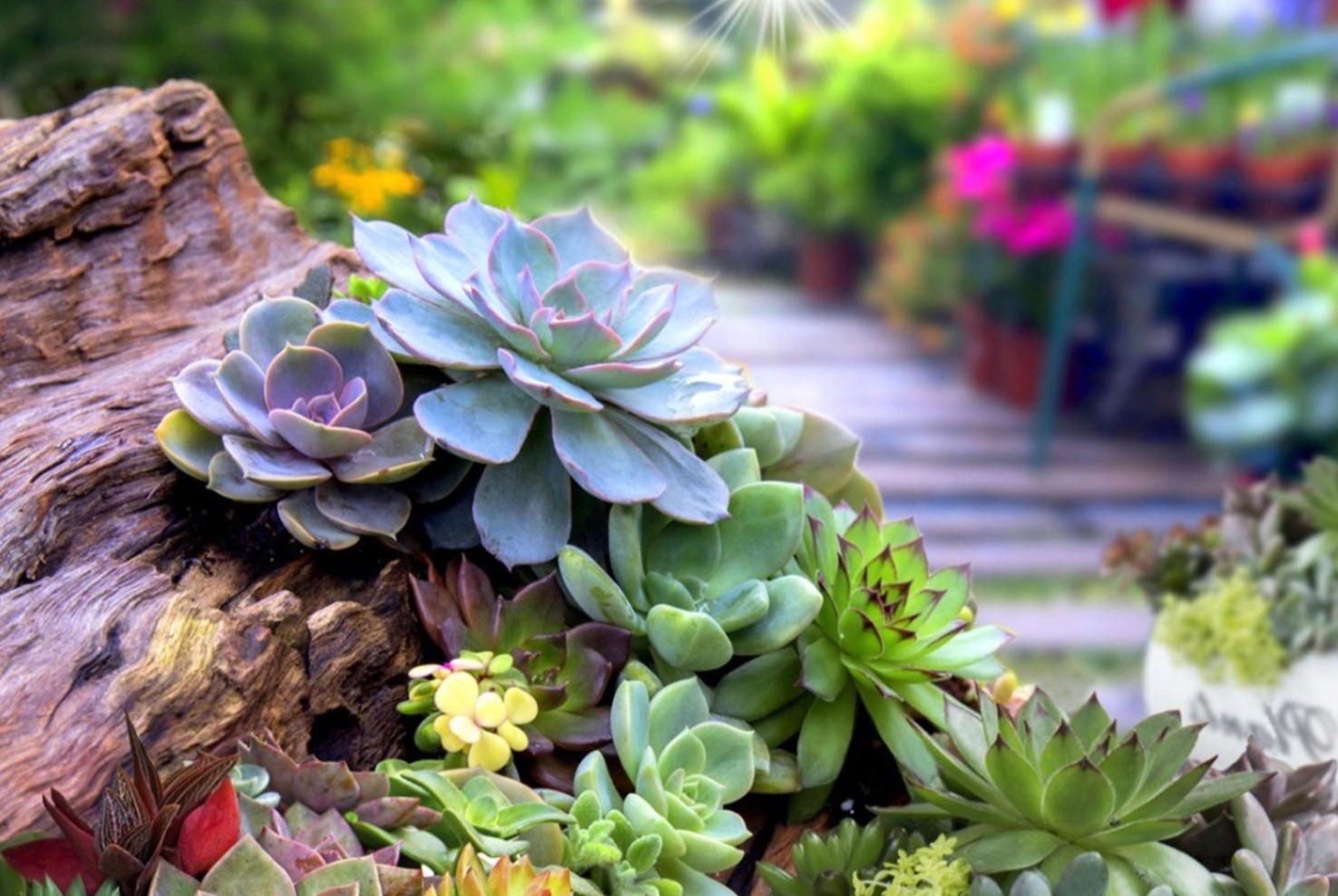

Ideas and Tips
How To Design A Drought-Tolerant Succulent Garden
Published: September 3, 2024
Learn how to design a stunning drought-tolerant succulent garden with tips on plant selection, soil requirements, and creative landscaping ideas.
(Many of the links in this article redirect to a specific reviewed product. Your purchase of these products through affiliate links helps to generate commission for Storables.com, at no extra cost. Learn more)
Designing a drought-tolerant succulent garden is a fantastic way to create a beautiful, low-maintenance outdoor space that conserves water. Succulents are perfect for this because they store water in their leaves, stems, or roots, allowing them to thrive in dry conditions. This makes them ideal for areas with limited rainfall or for gardeners who want to reduce their water usage. Plus, succulents come in a wide variety of shapes, sizes, and colors, offering endless design possibilities.
Understanding Succulents
Succulents are plants that have adapted to survive in arid environments by storing water in their leaves, stems, or roots. This adaptation allows them to thrive in conditions where other plants would struggle or perish. Because of this, succulents are perfect for creating a drought-tolerant garden that requires minimal water and maintenance.
Types of Succulents
There is a wide variety of succulents available, each with its unique characteristics and requirements. Some popular types include:
- Aloe Vera: Known for its healing properties and versatility in both indoor and outdoor settings.
- Echeveria: These succulents come in a variety of shapes and sizes, offering a range of colors and textures.
- Agave: Often used for its architectural value, agave plants can add a dramatic touch to any garden.
- Cacti: While often associated with desert landscapes, cacti come in many shapes and sizes, making them versatile for various garden designs.
Choosing the Right Plants
Selecting the right succulents is crucial for creating a visually appealing and sustainable garden. Here are some tips to help you choose:
Consider Climate and Sunlight
- Sunlight: Most succulents require full sun to partial shade. If your garden receives direct sunlight for more than 6 hours a day, choose succulents that can handle it.
- Climate: If you live in an area with extreme temperatures, choose succulents that are tolerant of those conditions.
Soil Requirements
Succulents prefer well-draining soil to prevent root rot. You can use a mix specifically designed for cacti and succulents or create your own by combining potting soil with perlite or sand.
Read more: How To Design A Drought-Tolerant Landscape
Plant Variety
- Color Contrast: Mix different colors and textures to create visual interest. For example, pair blue-gray succulents with vibrant red ones.
- Height and Spread: Combine tall plants with shorter ones to create layers in your garden.
- Seasonal Interest: Choose succulents that bloom at different times of the year to ensure year-round interest.
Designing Your Succulent Garden
Designing a succulent garden involves more than just planting succulents; it requires careful planning to ensure that your garden is both beautiful and functional.
Basic Design Tips
- Mix of Plants, Rocks, and Paving: Combine succulents with rocks and permeable paving to add variety to your design.
- Architectural Shapes: Play with the architectural shapes of succulent plants and contrast them with flowing native grasses or minimalist repeating patterns.
- Rain Gardens and Water Catchment: Incorporate small swales to catch rainwater, slowing it down to increase infiltration.
Creating Layers
- Background Plants: Use taller plants like agave or cacti as background elements.
- Mid-Level Plants: Place mid-level plants like echeveria or aloe vera in the middle ground.
- Foreground Plants: Use smaller plants like sedum or crassula at the front for added texture and interest.
Incorporating Hardscapes
Hardscapes such as pathways, patios, and retaining walls can enhance the overall design of your garden.
- Pathways: Use materials like gravel or decomposed granite for pathways that allow water to percolate through.
- Patios: Create patios using materials like concrete pavers or natural stone slabs.
- Retaining Walls: Build retaining walls using materials like boulders or concrete blocks to add structure and texture.
Tips for Beginners
Designing a succulent garden can be intimidating for beginners, but with these tips, you can create a stunning and sustainable garden:
Avoiding Common Mistakes
- Eyesores Due to Familiarity: Be aware of potential eyesores like weeds or cluttered planters.
- Not Enough Repetition: Use repetition in your design to create a soothing and cohesive look.
- Lack of Contrast: Incorporate contrast through colors, textures, and shapes to add interest and drama.
- Too Many Small Pots: Use large planters instead of multiple small ones to enhance your architecture.
- Pancake-Flat Plantings: Add mounds and swales to create depth in your garden.
Creating a Nursery/Potting Area
Having a dedicated area for new plants, cuttings, tools, containers, fertilizer, bags of soil, etc., can be very useful. An underutilized side yard with a hose is ideal for this purpose. Add a potting bench, shelves, and shade to make it functional.
Maintenance Tips
Maintaining a succulent garden is relatively easy but requires some care:
Watering
- Watering Schedule: Water your succulents sparingly but thoroughly when needed. Overwatering is the most common mistake made by succulent gardeners.
- Soil Moisture Check: Check the soil moisture by sticking your finger into the soil up to the first knuckle. If it feels dry, it's time to water.
Fertilization
- Fertilizer Type: Use a balanced fertilizer specifically designed for cacti and succulents.
- Fertilization Schedule: Fertilize sparingly during the growing season (spring and summer) and avoid fertilizing during the dormant season (fall and winter).
Pruning
- Pruning Tools: Use sharp, clean tools to prevent spreading diseases.
- Pruning Schedule: Prune your succulents regularly to maintain shape and encourage new growth.
Read more: How To Design A Water-Wise Succulent Garden
Examples of Drought-Tolerant Succulent Gardens
Contemporary Craftsman
A Palo Alto residence gets an update with a stylish new path from the door to the street. A custom concrete pathway creates a grid that shows off soft surrounding plantings in a California version of the prairie style. The garden features succulents like agave and echeveria, which add architectural value and color contrast.
Updated Classic
In Menlo Park, pavers create pleasing paths and patterns in this transitional home where neatness was the main planting request. Succulents like sedum and crassula are used to add texture and interest without overwhelming the space.
Modern Entry
In a contemporary home, pavers were used in the front yard but in a much more contemporary way. Angles are emphasized to complement the updated stacked stone siding of the home. A small lawn is still present but the soft texture of grass-like carex steals the show. The homeowner periodically shorn down to balls to control size and add a more sculptural element.
Beachy Clean Color
The view across Monterey Bay inspired this low-maintenance front yard. Large cobbles were already there, probably replacing a lawn from the last drought. Succulents like candelilla (Euphorbia antisyphilitica) add great texture contrast when planted next to other succulents.
Rustic Romance
Cobbles are used to make a dry stream bed that meanders through the front garden of this woodland forest home. Romantic low-water plantings bring a bit of cottage style to the rustic setting. Succulents like agave and aloe vera are scattered throughout, adding color and texture.
Family Friendly
This garden needed to be pet and kid friendly for a busy young family. Flagstone and thyme landing areas provide additional space to disembark kids and groceries. A custom trellis composition on the converted garage pulls the whole front together, creating a cohesive look.
Was this page helpful?
At Storables.com, we guarantee accurate and reliable information. Our content, validated by Expert Board Contributors, is crafted following stringent Editorial Policies. We're committed to providing you with well-researched, expert-backed insights for all your informational needs.
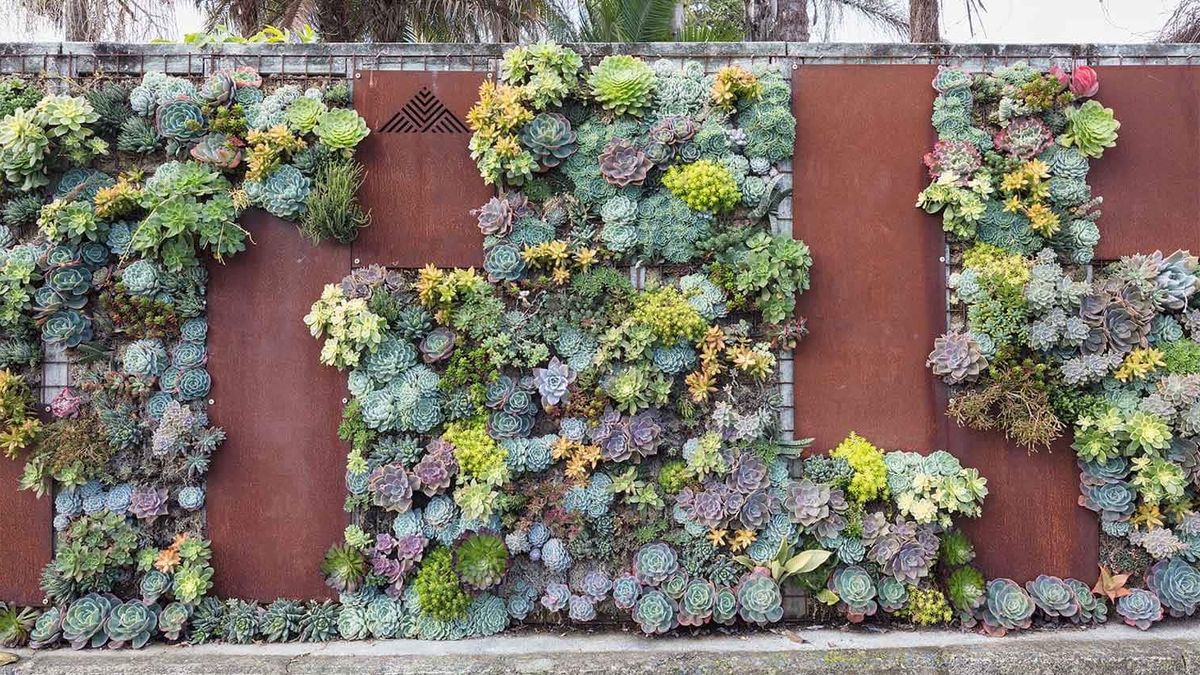
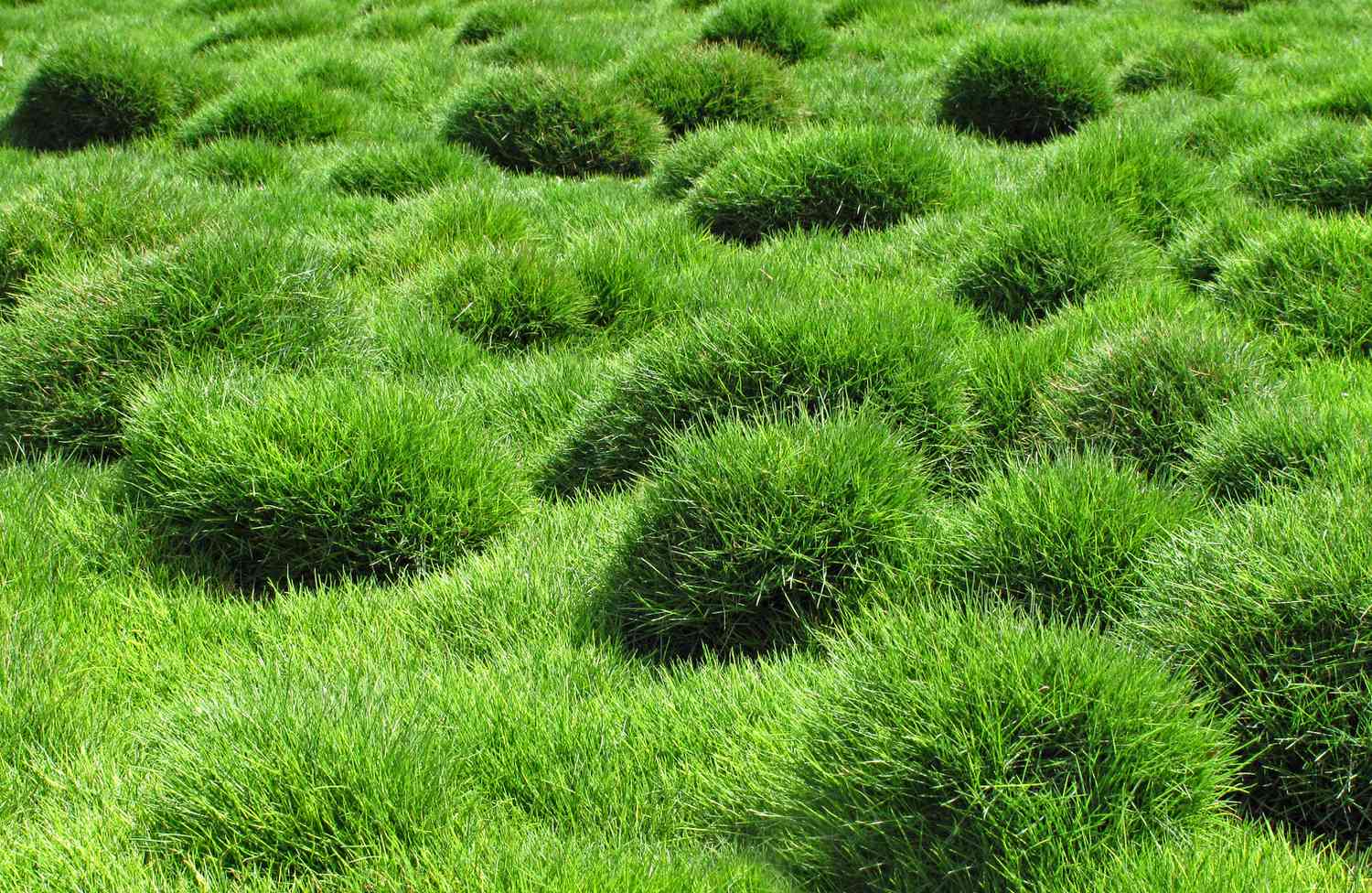
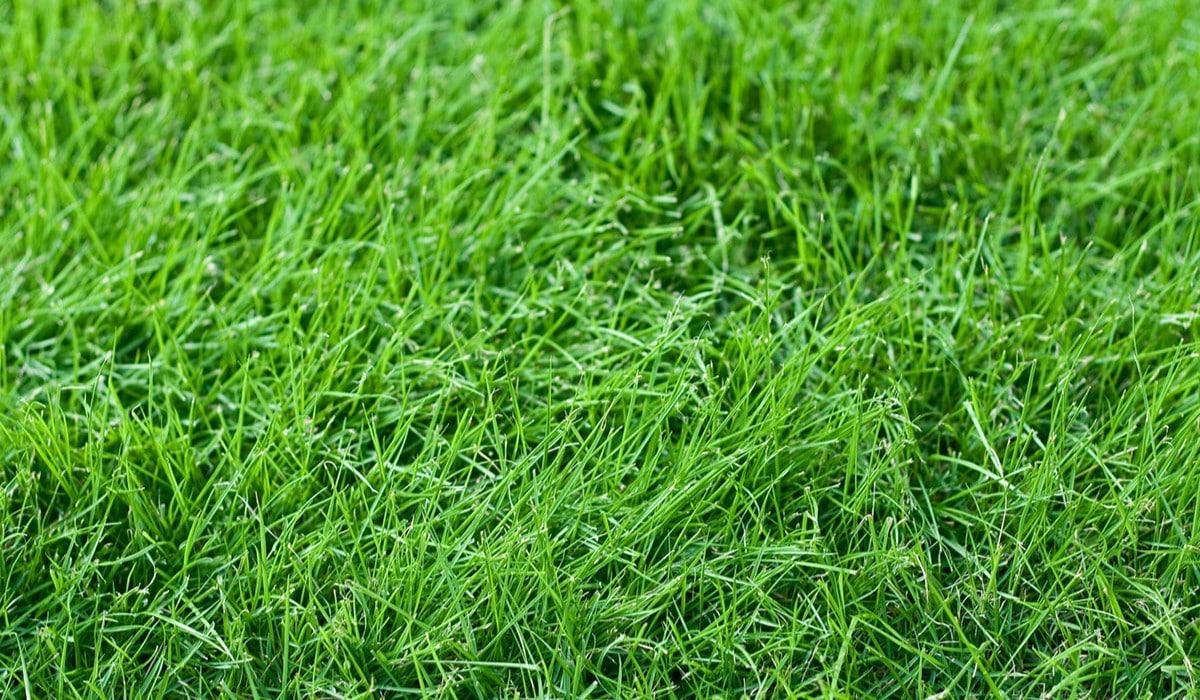
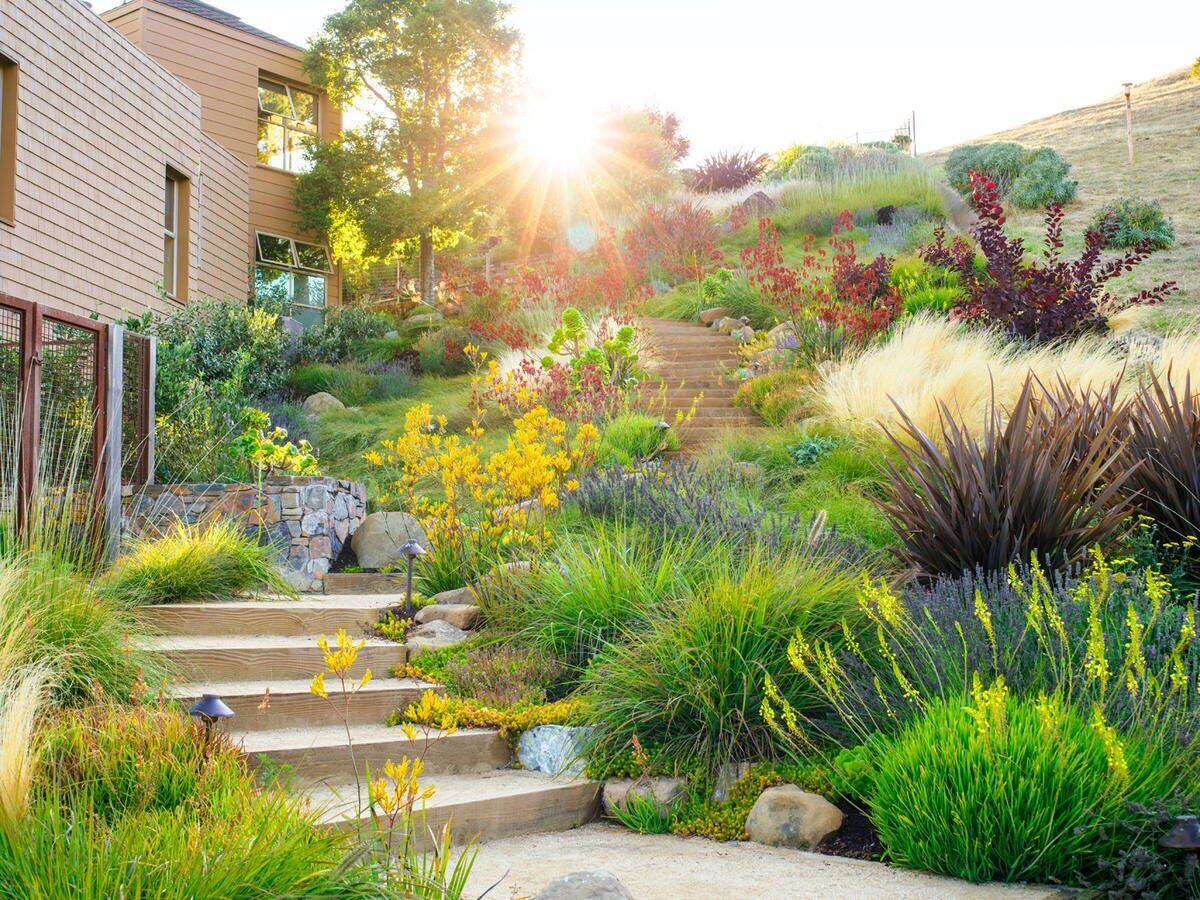
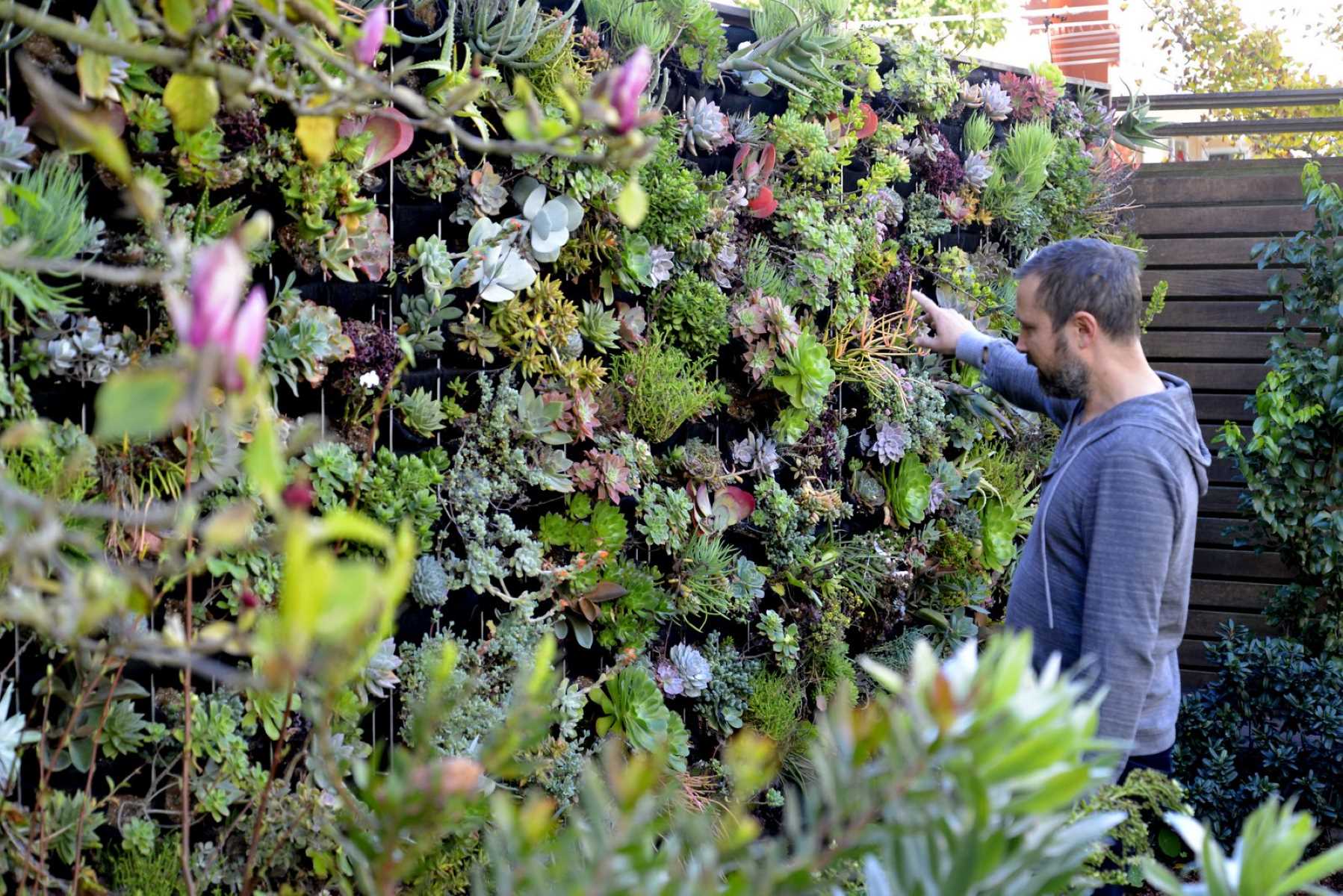
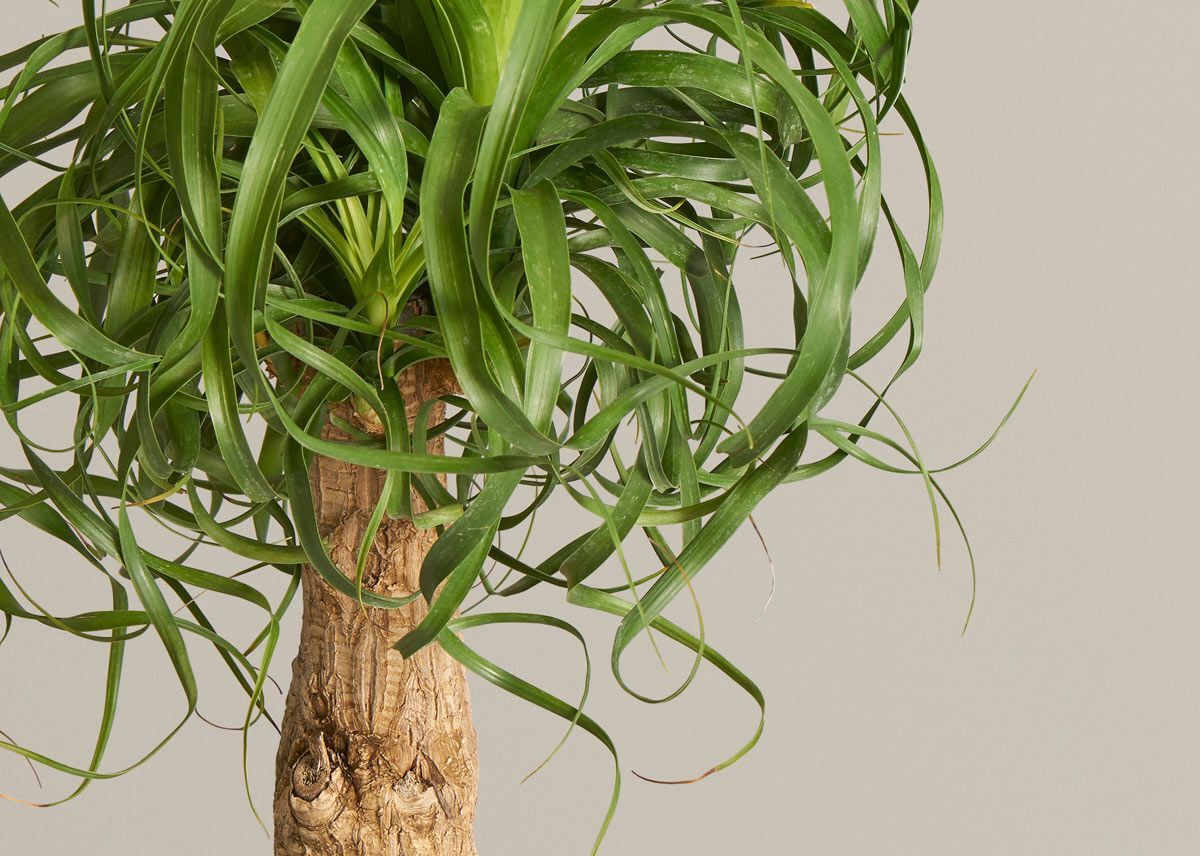
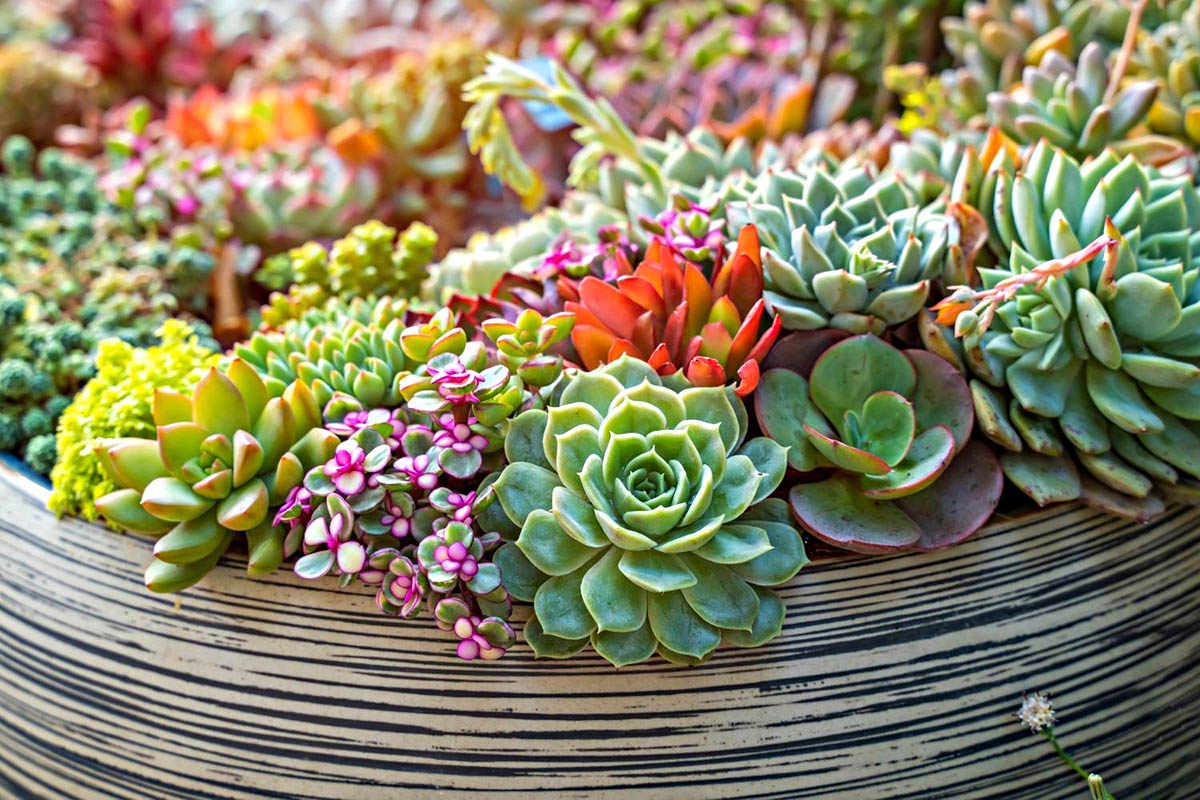
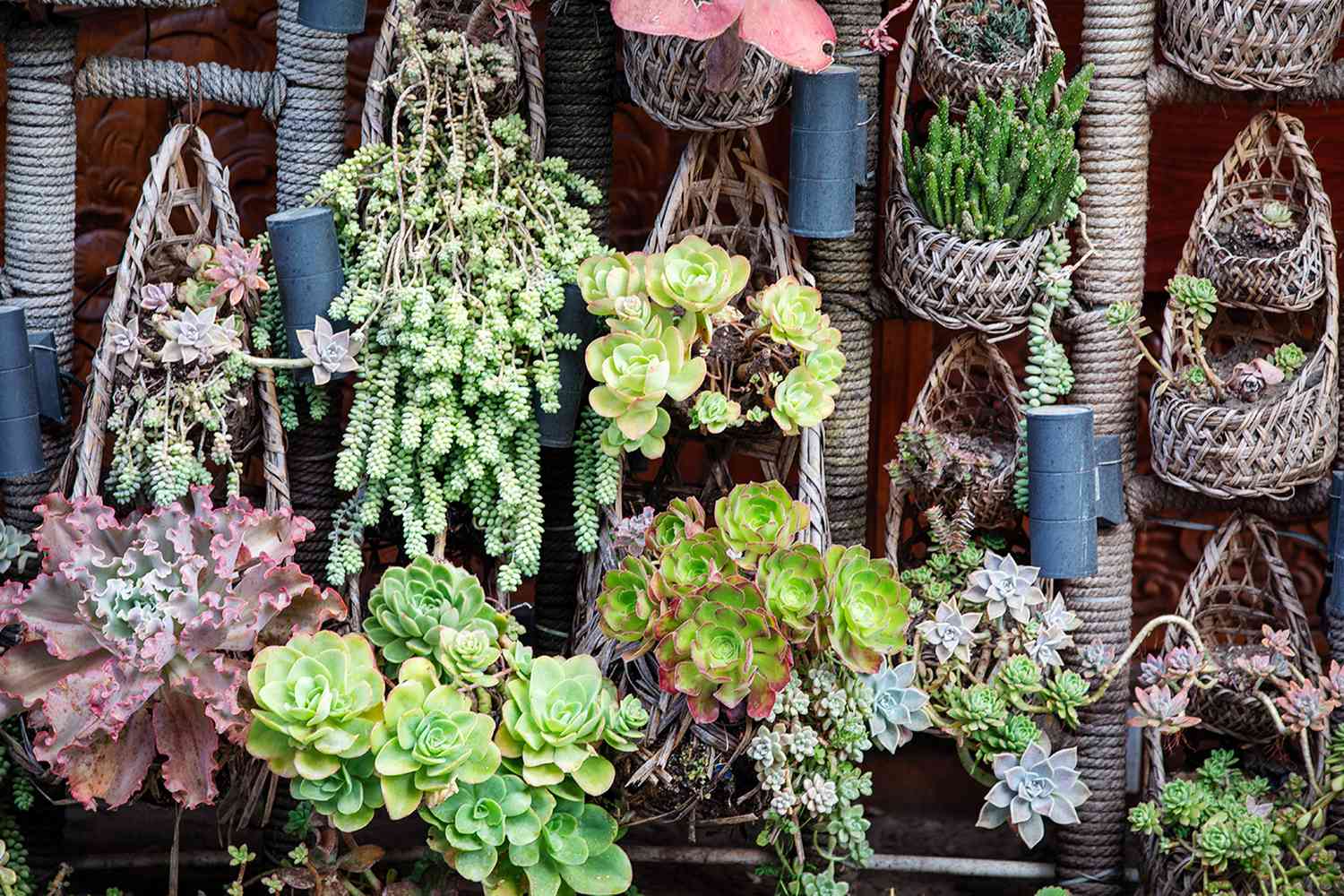
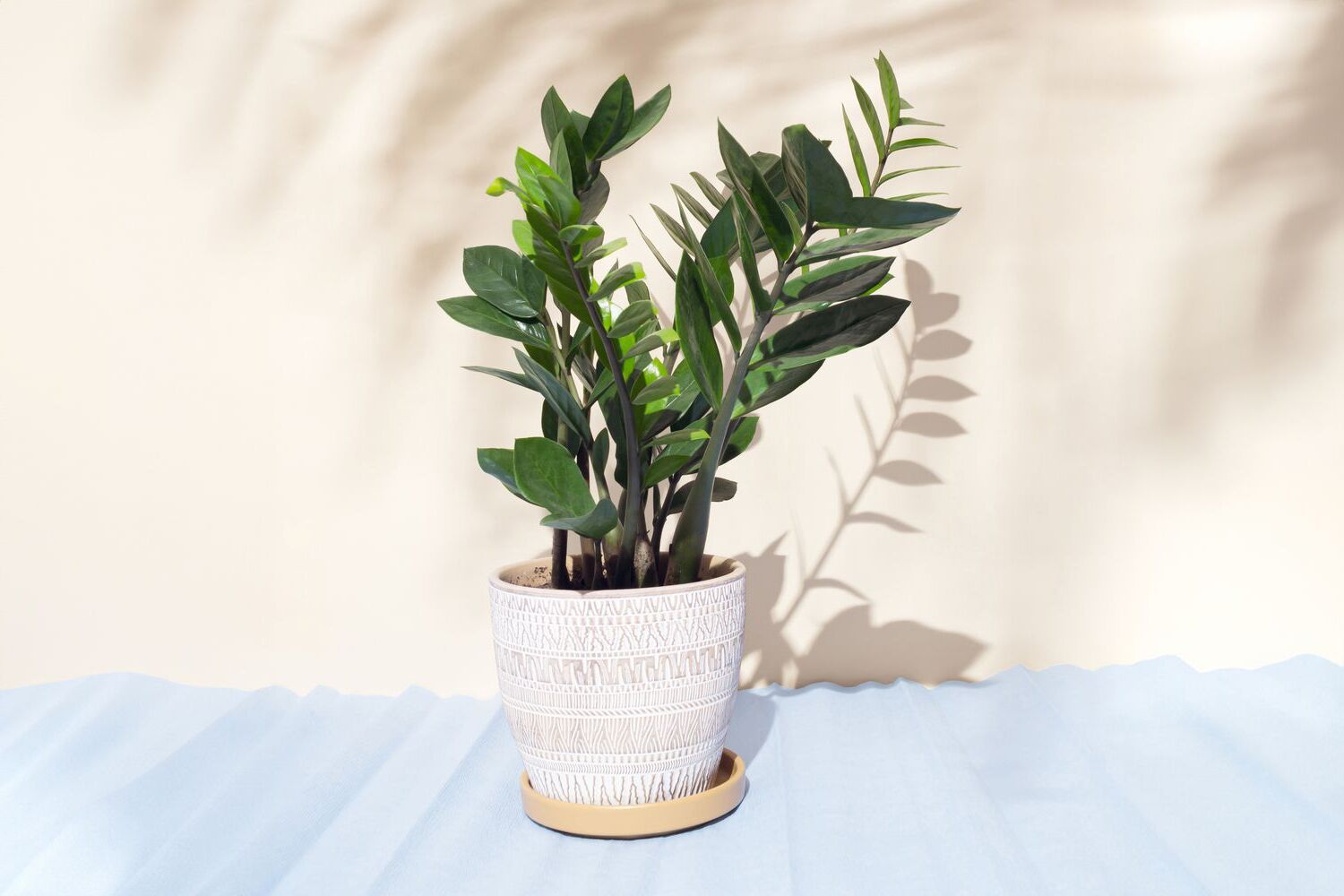
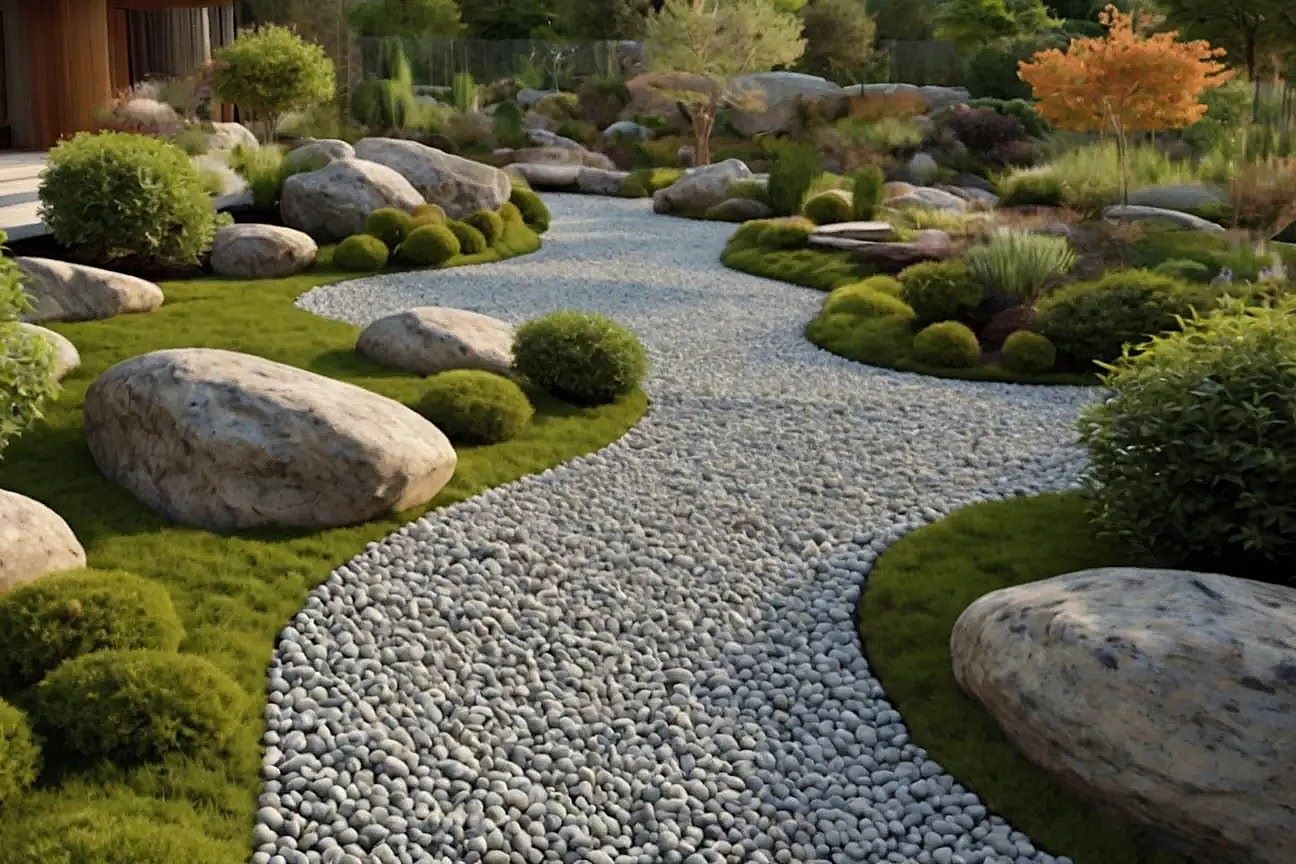

0 thoughts on “How To Design A Drought-Tolerant Succulent Garden”